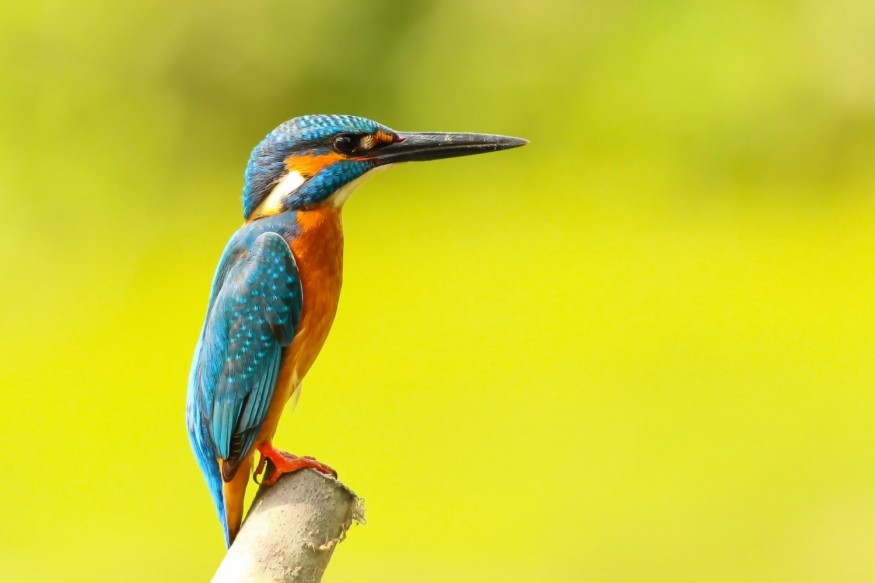
Roughly eighty bird species bear human names from their initial discoveries. Proposed name changes by officials are set to go into effect in 2024.
Renaming 80 Bird Species
In an endeavor to foster inclusivity and refrain from honoring contentious or racist historical figures, the American Ornithological Society revealed plans to rename bird species bearing people's names. Commencing in 2024, the organization, responsible for maintaining the official English names of birds in the U.S. and Canada, will alter approximately 80 avian species' names.
Colleen Handel, the President of the American Ornithological Society, emphasized the influence of nomenclature and expressed concerns regarding certain bird names perpetuating exclusivity and harm. She called for a more comprehensive and engaging scientific process that centers on the birds' unique attributes and beauty.
This initiative follows prior instances where the society renamed birds, such as changing "McCown's Longspur" to the "Thick-billed Longspur" in 2020, shedding associations with Confederate General John P. McCown to promote a more equitable and respectful approach to ornithology.
No More Namesakes
The American Ornithological Society is taking a comprehensive approach to the issue of bird names associated with controversial figures. Rather than addressing individual cases as before, they've decided to eliminate the practice of naming birds after humans entirely within their jurisdiction. This includes eponyms and names considered offensive.
Commencing in 2024, approximately 70-80 birds in the US and Canada will undergo renaming, but their scientific names will remain unchanged. The society has formed a new committee to oversee this renaming process, with public input being a part of the selection of new English bird names.
Erica Nol, co-chair of the Committee on English Bird Names, stressed that eponymous names imply ownership and are predominantly linked to white men from a particular era, with few women involved. Nol advocates for descriptive bird names instead, emphasizing a more inclusive and accurate approach.
What Goes Into Naming Species?
The scientific naming of species, known as binomial nomenclature, assigns each species a unique two-part name, ensuring global clarity in communication about animals. These names reveal relationships among species and often provide descriptive information.
In contrast, common names lack uniqueness, causing confusion and obscuring evolutionary connections. Consider "badgers" worldwide: honey badgers (Mellivora capensis), North American badgers (Taxidea taxus), Eurasian badgers (Meles meles), stink badgers (Mydaus javanensis), and ferret badgers (Melogale personata). Although they share the "badger" label and familial connections, they are not each other's closest relatives.
Taxonomy, the science of naming living organisms, evolves as the understanding of species and their relationships deepens. Scientific names may change accordingly. For example, small cat species were once classified under Felis but later split into multiple genera, with Bobcats changing from Felis rufus to Lynx rufus.
Some species have multiple scientific names, with one being chosen as valid while others become synonyms. For instance, bats in the genus Lasiurus were previously known as Nycteris, and Lasiurus borealis was also Nycteris borealis, but the currently recognized name is Lasiurus borealis, and Nycteris borealis is considered a synonym.
Related Article : Endangered Hawaiian Crow 'Alalā Proposed Reintroduction to Maui Underway
© 2025 NatureWorldNews.com All rights reserved. Do not reproduce without permission.





